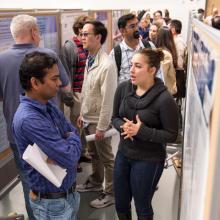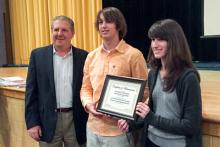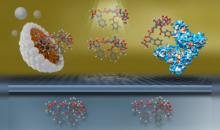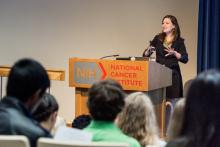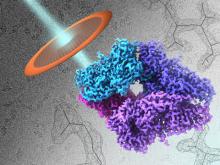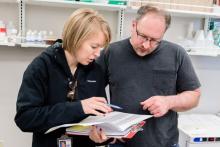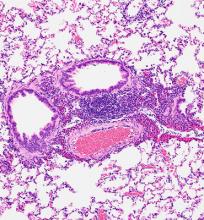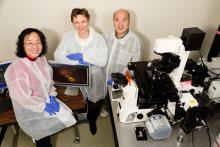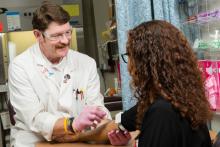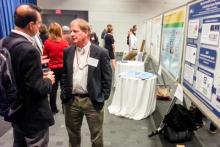Celebrating Achievement and Fostering Collaboration at the Spring Research Festival
The 20th annual Spring Research Festival (SRF) took place at Fort Detrick on May 3 and 4. The event included two seminar sessions, a keynote speaker, a Poster Blitz, and two poster sessions. During the event, scientific staff, including students, technical support staff, postdoctoral fellows, and principal investigators, had the opportunity to present their research to the joint scientific communities.


